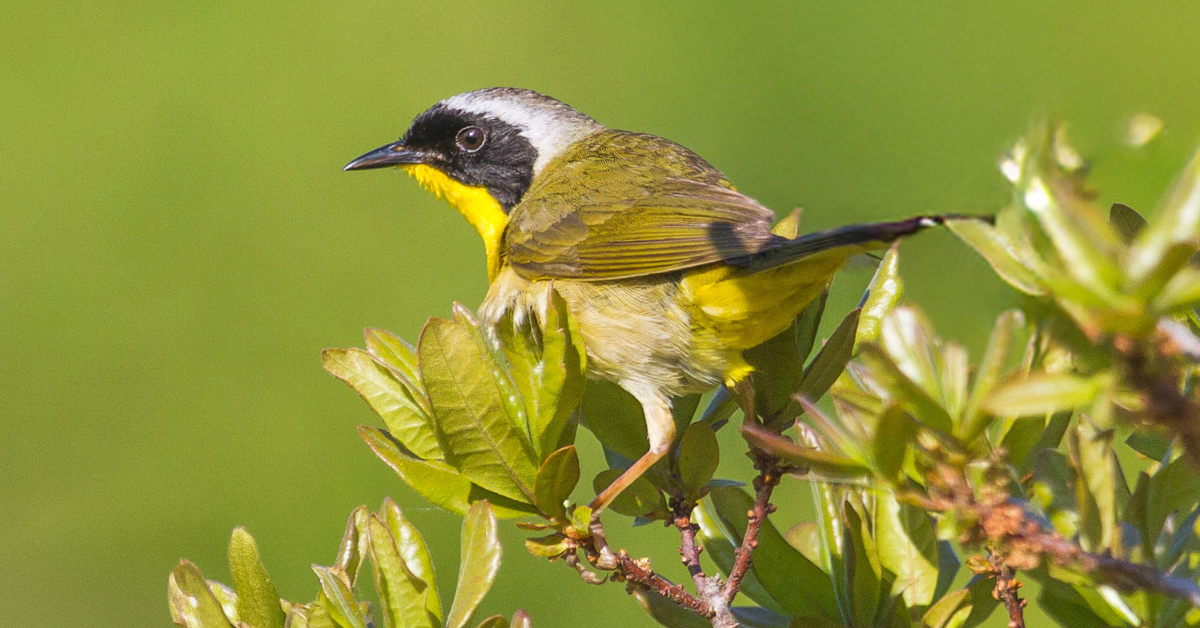
2 minute read
Monitoring for Neonicotinoids
By Dr. Charles Clarkson, Director of Avian Research
The importance of a refuge is in the name itself. Each of the nearly 10,000 acres protected by Audubon is preserved with the explicit purpose of providing breeding, wintering and migratory habitat to birds and other wildlife – a sanctuary where the necessary life history patterns required to promote survival and reproduction in species are protected. Many of our parcels protect aquatic habitats such as open ponds and lakes, streams and rivers and palustrine forested wetlands. These habitats support unique and biodiverse communities but are all at risk of potential impacts from neonicotinoid pesticides (neonics).
Neonics have been in use in the United States since 1994 and are currently the most widely used pesticide in the world. They are among the most toxic insecticides ever produced. As the scientific community grapples with the rapid decline in avian populations across North America, studies of the impacts of neonics on birds and other wildlife have increased our understanding of how these chemicals contribute to biodiversity loss.
Audubon seeks to establish a long-term monitoring program across its 10,000 acre refuge complex for the presence of neonics. As these chemicals exhibit poor soil binding qualities and are highly water soluble, there is a high likelihood that neonics used in agricultural and residential areas adjacent to refuges are making their way through surface runoff and groundwater onto Audubon conservation land, where they can threaten ecosystem health and negatively impact birds and other wildlife that should be sheltered from these toxins. A joint monitoring program between Audubon and the University of Rhode Island will allow the determination of how much pesticide may be present across our refuges, the timing of potential exposure to birds overwintering, breeding or migrating through our properties and will be useful in informing our advocacy efforts in the state.
A joint monitoring program between Audubon and the University of Rhode Island will allow the determination of how much pesticide may be present across our refuges, the timing of potential exposure to birds overwintering, breeding or migrating through our properties and will be useful in informing our advocacy efforts in the state.
Image: A Common Yellowthroat (one of Audubon’s Responsibility Birds) photographed at the Maxwell Mays Wildlife Refuge in Coventry. (photo credit Gaurav Sharma)










